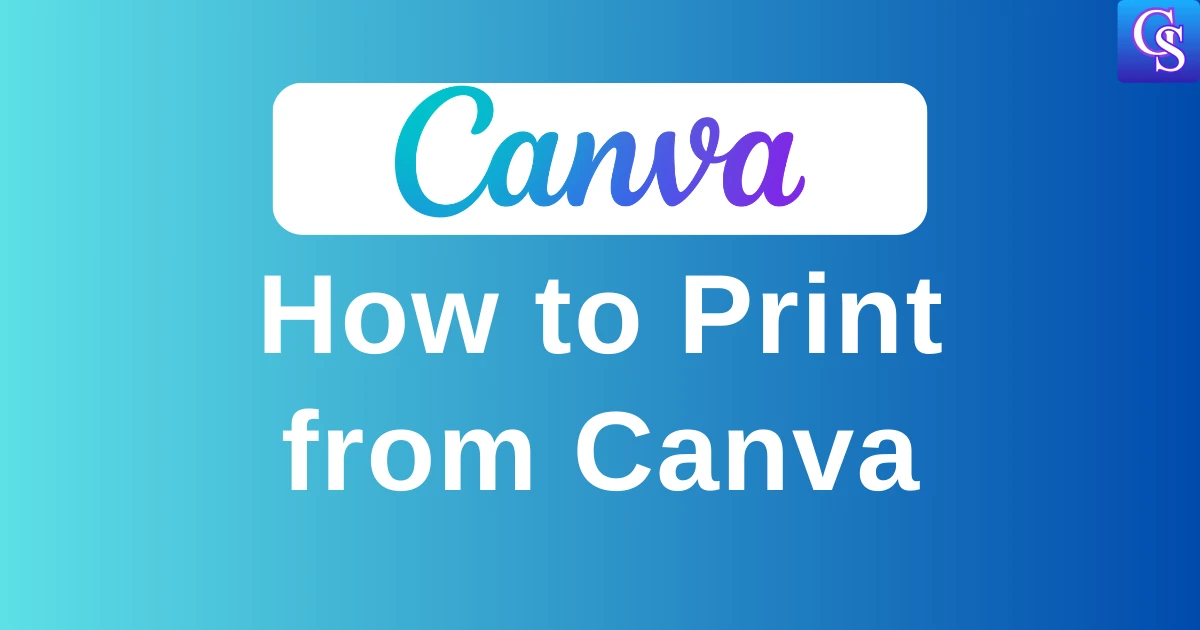An interactive demo is a simulation or guided tour of a product, typically software, that allows users to engage with it and experience its functionality firsthand. Unlike static demos or videos, interactive demos provide a hands-on, personalized experience that helps potential customers better understand and evaluate the product.
Key characteristics of interactive demos:
- Self-guided exploration: Users can navigate through the demo at their own pace, clicking on elements, exploring different features, and interacting with the product interface.
- Simulated environment: The demo replicates the actual product environment, allowing users to perform tasks, test functionalities, and see the results of their actions.
- Personalized experience: Some interactive demos allow users to input their own data or preferences, tailoring the experience to their specific needs and interests.
- Guided tours: Interactive demos often include guided tours or tutorials that highlight key features and benefits, providing step-by-step instructions and explanations.
- No installation required: Interactive demos are typically web-based, meaning users can access them instantly without downloading or installing any software.
Benefits of interactive demos:
- Increased engagement: Interactive demos are more engaging than static content, capturing users’ attention and encouraging them to explore the product.
- Improved understanding: By interacting with the product directly, users gain a deeper understanding of its capabilities and how it can solve their problems.
- Higher conversion rates: Interactive demos can lead to higher conversion rates by providing a more compelling and persuasive product experience.
- Reduced sales cycles: By allowing users to self-qualify and explore the product independently, interactive demos can shorten the sales cycle.
- Scalable solution: Interactive demos can be easily shared and accessed by a large audience, making them a cost-effective way to reach potential customers.
Examples of interactive demos:
- Software demos: Allow users to try out different features of a software application, such as creating a document, editing a photo, or running a report.
- Product demos: Showcase the features and benefits of a physical product, such as a car, appliance, or electronic device.
- Financial demos: Help users understand complex financial concepts, such as investment strategies, loan calculations, or retirement planning.
- Educational demos: Provide interactive simulations and experiments for students to learn about scientific principles, historical events, or cultural phenomena.
Interactive Demo Software Examples
Here are some popular interactive demo software examples:
- Supademo
- Demoboost
- Navattic
- Arcade Software
- Saleo
Conclusion:
Overall, interactive demos are a powerful tool for businesses to showcase their products, engage potential customers, and drive conversions.
By providing a hands-on, personalized experience, interactive demos can help users better understand and appreciate the value of a product.














